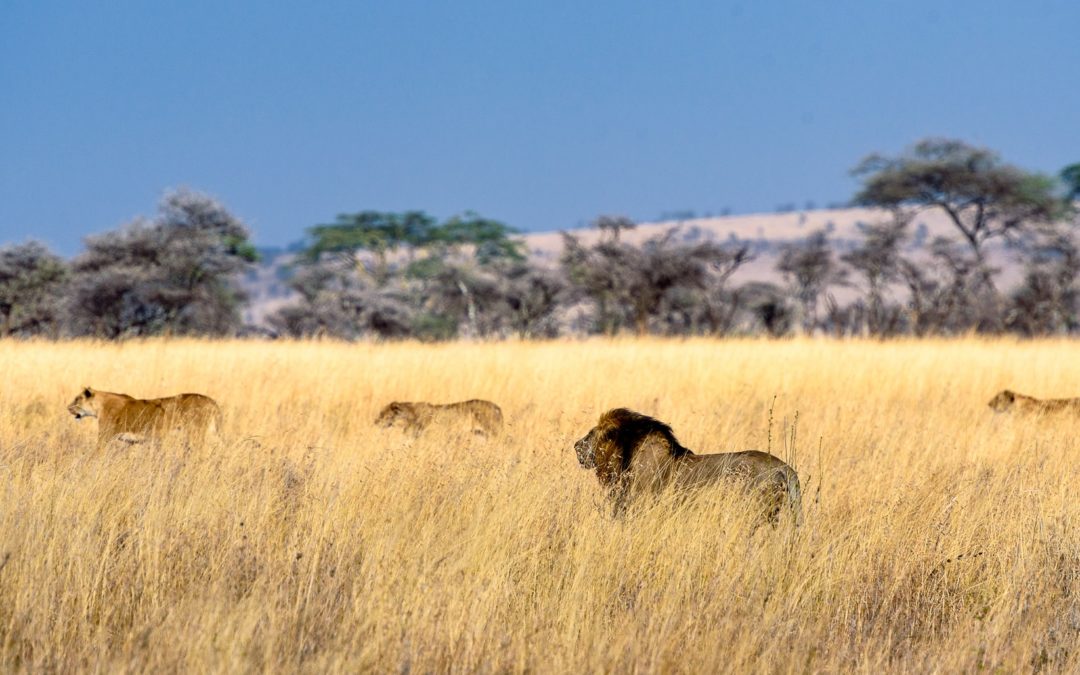It is critical to protect the natural resources on Earth. The conservation of plants, minerals, soil, waters, and wildlife is essential in order to provide for future generations. The process involved in protecting these resources is extensive and must be all-encompassing for efforts to be successful. As humans continue to desecrate lands and provide little help to combat climate change, preserving what is here now is not enough. This process consists of conserving the various features of the environment, such as the diversity of species and ecosystems.
The United States Endangered Species Act
The Endangered Species Act (ESA) was established in 1973 to protect animals and plants at risk of extinction. It is the primary and most comprehensive law the United States has to combat the risks to species. It aims to prevent the extinction of these species by protecting them and the ecosystem they depend on from threats such as urbanization, poaching, economic development, habitat destruction, invasive species, and climate change. The act prohibits importing, exporting, or possessing wildlife, fish, or plants listed as threatened or endangered. It also allows the government to work with agencies such as the United States Fish and Wildlife Service and the National Marine Fisheries Service to prevent the taking of these animals and plants. Through continued conservation efforts, species will be added as they become endangered or removed as their population’s increase and ecosystems flourish.
Progress Through Action
Conservation efforts continue through the expansion of protected land, the formation of policies, and the utilization of new technologies. While agencies continue to address the importance of conservation and preservation, more needs to be done to prevent species extinction. Conservationists are looking at what ecosystems will look like in the future to stay proactive in protecting species. By studying the changing environments, scientists may be able to intervene before climate change affects species ecosystems irreversibly. Pesticide use and production has devastating effects on climate change. In response to the growing concerns about their harmful effects on endangered species, the US Environmental Protection Agency (EPA) released its first-ever comprehensive workplan to protect endangered species from pesticides. While the threat of bioaccumulation of pesticides and their toxicity to animals has greatly decreased due to increased regulation and researched alternatives, by design, pesticides are intended to kill. As they enter a body of water through surface water runoffs, they are inevitably ingested by ocean wildlife. New technologies allow for increased research; for example, drones are being used by Ocean Alliance to collect data on the rare Sei Whale. To collect genetic material from the whale, researchers fly modified drones above the ocean as the whales breach the surface and shoot mucus out of their blowhole. The use of drones and other new technology allows conservationists to collect better data and increase their understanding of endangered wildlife.
The ESA and other conservation efforts aim to ensure that the environment and endangered species are protected. By developing new technologies and creating policies, it is possible to conserve the various natural resources while also reducing the effects of human-induced climate change. The pattern of resource utilization may be causing Earth’s sixth mass extinction, but efforts to prevent such devastation continue.
